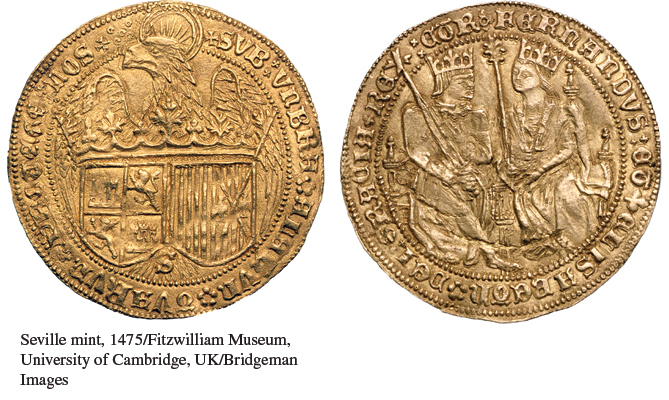A History of Western Society AP®: Printed Page 322-c
CONCEPT 1.2
The Rise of Centralized Nation-
Beginning in the fifteenth century, rulers utilized aggressive methods to build their governments. First in the regional states of Italy, then in the expanding monarchies of France, England, and Spain, rulers began the work of reducing violence, curbing unruly nobles, and establishing domestic order. They attempted to secure their borders and enhanced methods of raising revenue, often using merchants or professionals such as lawyers to staff their bureaucracies and conduct diplomacy. The monarchs of western Europe emphasized royal majesty and royal sovereignty and insisted on the respect and loyalty of all subjects, including the nobility. In central Europe the Holy Roman emperors attempted to do the same, but they were not able to overcome the power of local interests to create a unified state. This decentralization was ratified in the Peace of Westphalia in 1648, which allowed the hundreds of territories within the empire to choose between Protestant and Catholic Christianity, maintain their own legal systems, and in other ways as well operate largely independently. The driving force of state-
